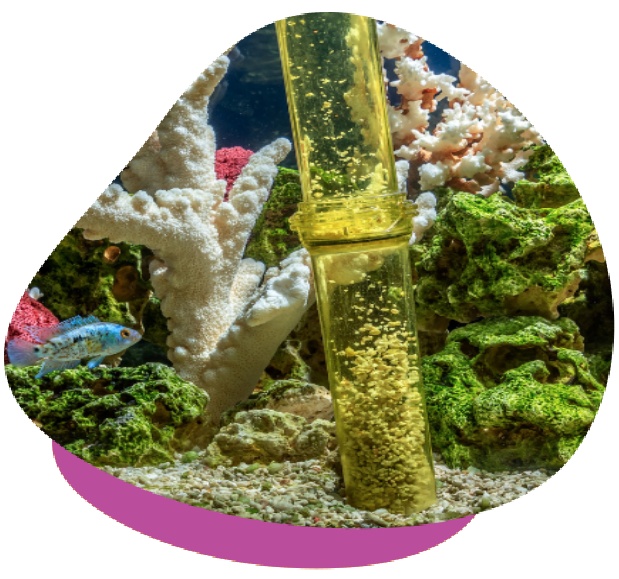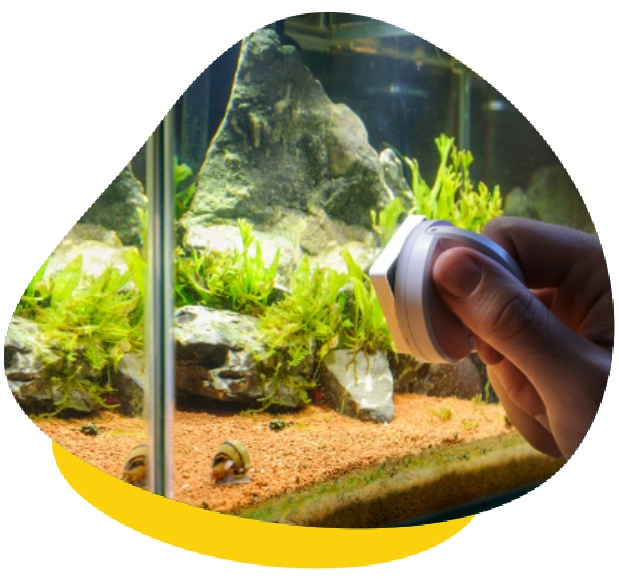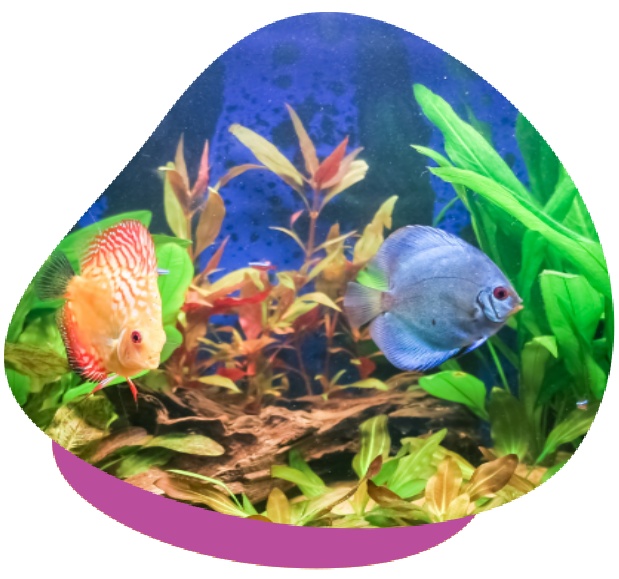Your aquatic animal’s health is intimately related to the quality of the water they live in. The way you manage your water quality is therefore very important. This handout covers the very basics of water quality management for indoor freshwater aquariums and will be helpful for freshwater species such as goldfish, turtles and axolotls. A filter is vital for good water quality, but choosing a filter falls outside the scope of this handout and we would recommend that you liaise with a reputable aquarium shop to help you with this choice.
Aquatic animals excrete ammonia in their urine and faeces. Ammonia is highly toxic and if ammonia levels in your tank become elevated (even a little bit) it can have serious health consequences for your aquatic animals. Fortunately, an appropriately managed aquarium will grow good bacteria that line the surfaces of the tank and filter medium. These nitrogen-fixing bacteria convert ammonia to nitrites, and then to nitrates. This is called the nitrogen cycle. Nitrates are generally less toxic than ammonia, but elevated nitrate levels can still make your animals sick. Nitrate levels in the tank are controlled by performing regular water changes (20-30% weekly). The filter medium can be gently cleaned in the old tank water (see below).





